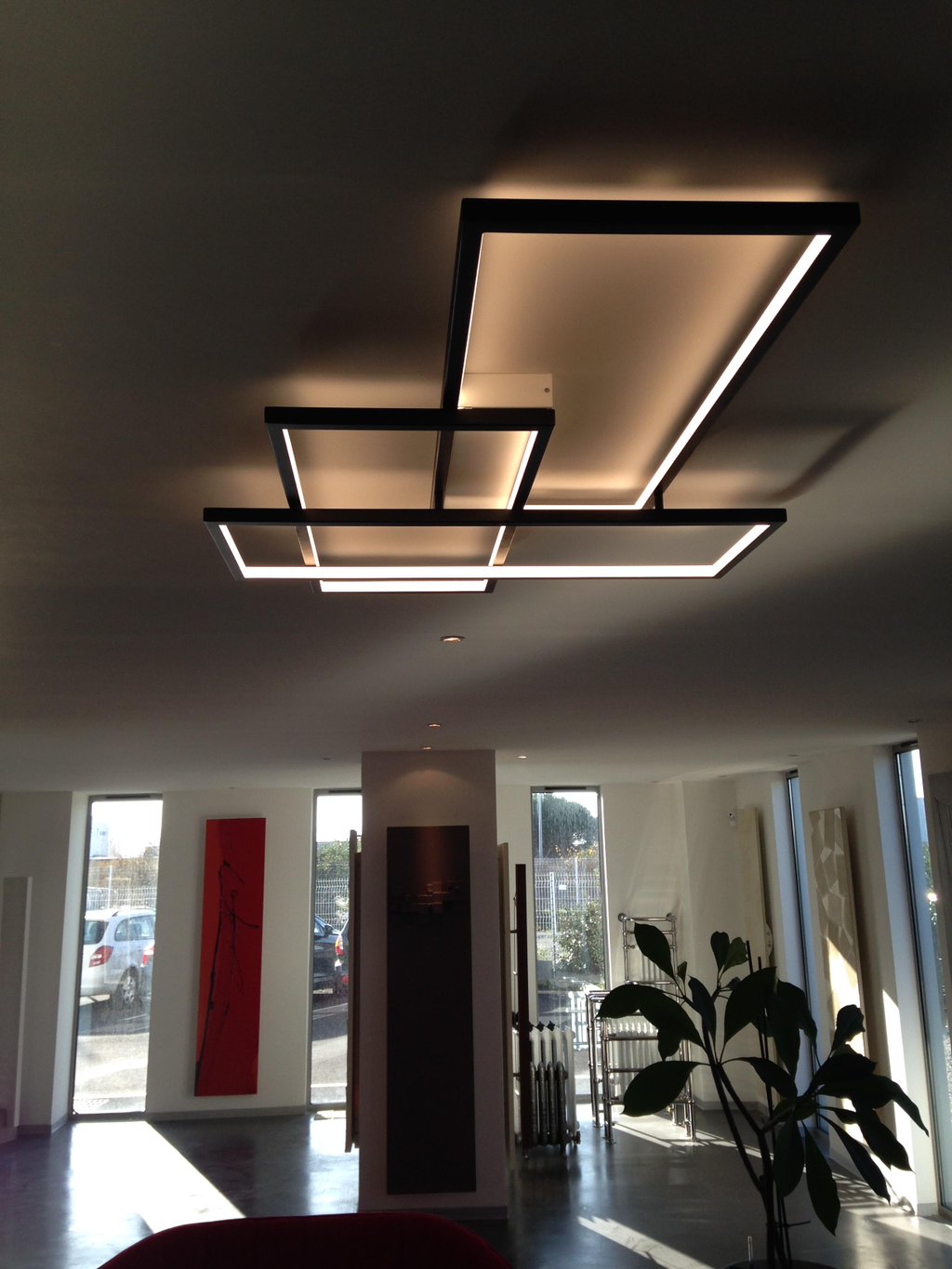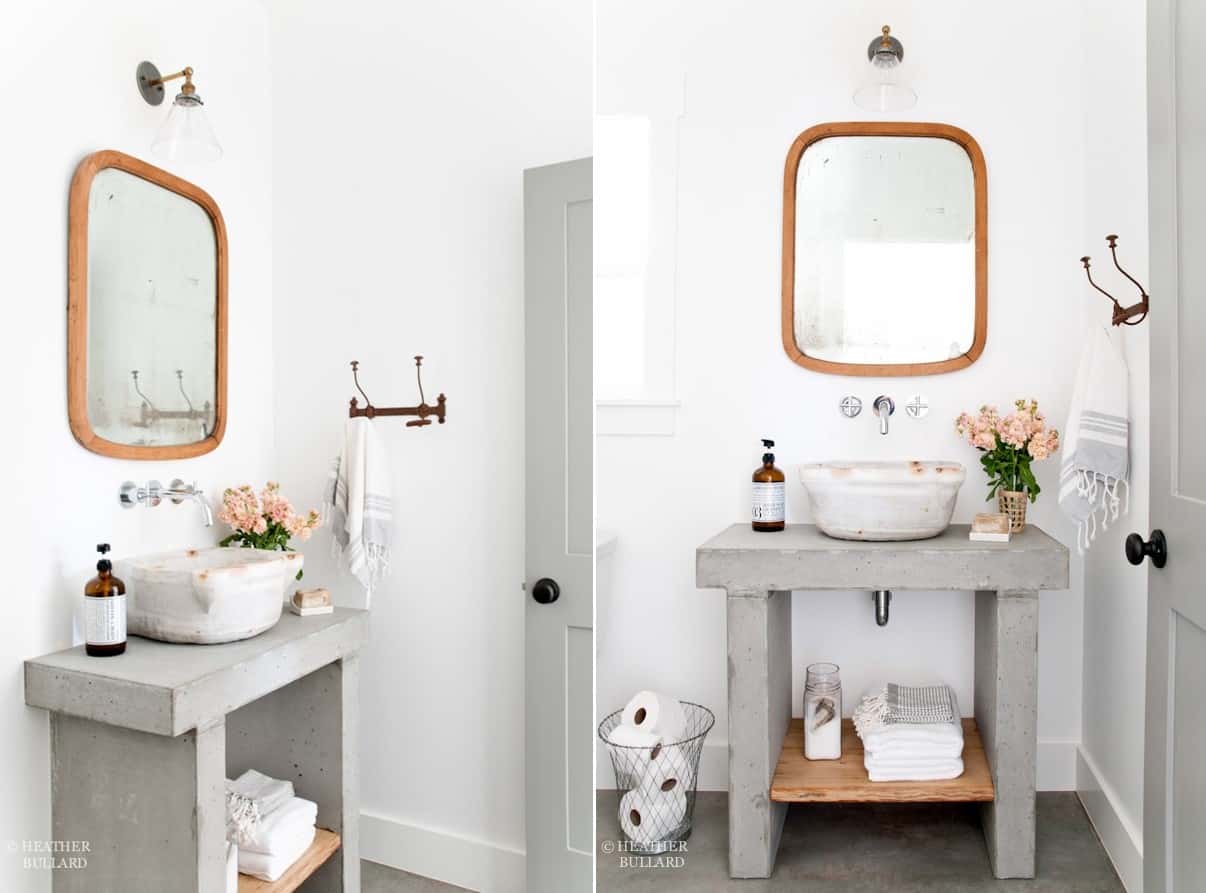Layout
The layout of a kitchen is key to its overall usefulness and efficiency. Certain elements should be strategically placed and arranged to ensure ease of access and flow. Countertops should accompany appliances to enable seamless meal-prep and utilization of ingredients. The arrangement of appliances, cabinets, drawers, and shelves should be determined based on how frequently items are used. For instance, items used most frequently should be easily accessible. In addition to practicality, the style of kitchen layout should also reflect the user’s lifestyle and preferences. Three distinct Kitchen designs to keep in mind include Galley, L-Shape, and U-Shape.
Functionality and Features
A kitchen should meet the needs of the user. When deciding on a kitchen design, you should keep in mind the user’s needs such as if you have young children or its a double-duty room that also serves as a gathering area. Features like a built-in coffee machine, wine bar, refrigerator drawers, or baking station could definitely upgrade the kitchen's overall usefulness. It is also important to choose a durable kitchen surface as it will likely come into frequent contact with knives and other utensils.
Lighting
Proper lighting is an essential part of a functional kitchen. Light fixtures should be installed near the cooking areas to provide ample lighting while prepping meals and on task lighting. Natural light is also a great way to illuminate a kitchen and boost the mood. Consider installing large windows or skylights, which will provide the kitchen with an open and airy feel. If there is no natural light, installing multiple overhead lights and LED strips under the cabinets would be a great way to illuminate the space.
Storage
Kitchens contain numerous items such as pots and pans, dishes, baking supplies, and food, thus maximizing storage space is important. To prevent clutter, items should be categorized and stored in appropriate locations. Cabinets and drawers should be used to store items and can be color-coded to make identification and locating items easier. Pull-out drawers, lazy Susan, and wall organizers are great space savers too. Cupboards should also allow adequate space for bigger items such an air-fryer or a microwave. Another great space-saving tip is to set up a retractable rack as items can then be hung according to their uses.
Appliances
When selecting and installing kitchen appliances, its important to consider their functionalities, size, and style. The idea is to create a seamless design that ties in with the overall layout and feel of the kitchen. Appliances should also beFood that should be energy efficient, as this is both advantageous to your energy bill, as well as beneficial for the environment. When dealing with multiple appliances, it's best to opt for those that can be flush fitted. Often times these appliances are also more aesthetically pleasing.
Materials and Fixtures
Materials and fixtures in a kitchen should be able to withstand frequent contact with water, constant cleaning, and withstand stains well. Marble, granite, and stainless steel are all excellent materials to consider for countertops as they are both aesthetically pleasing and durable. Natural wood and stone are also popular options as they can be painted to suit the desired color scheme of a kitchen. Furthermore, when selecting kitchen elements such as door handles, sinks, and lighting fixtures, it is essential that they are in-line with the overall aesthetic of the kitchen.
Colors and Finishes
Colors and finishes can greatly influence the mood and make a kitchen look and feel more inviting. An effective layering of shades and tones is recommended for a cohesive finish. Consider applying a base color to the wall and then introducing several intermediary shades to create a tasteful gradient. For cabinetry, both light and dark shades can be used, however selecting both will help to create more of a contrast. To complete the look, light fixtures, and accent pieces can be chosen in order to introduce metal finishes and warmer color tones into the kitchen.
Efficiency and Sustainability
Efficiency and sustainability have become increasingly important when it comes to designing kitchens. Eco-friendly materials such as bamboo, eco-boards, and FSC-certified wood are some materials to keep in mind when building a kitchen as these are typically more durable and sustainable. In addition, efficient appliances such as energy-saving refrigerators and ventilation systems can help to reduce the amount of energy kitchen uses, which will be beneficial for anyone’s electricity bill.
Accents and Decor
Accents and decor can be used to personalize your kitchen and make it inviting. Simple colors and minimalist fixtures can easily be enhanced with items like plants, accessories, and wall decor. Tough plants are a great way to make the kitchen feel greener and bring a bit of nature into the space. Wall paper and art prints can also add a unique touch. Items like pottery, kitchenware, and decorative bowls can be used to reflect the user’s personality.
Safety
Safety is an important factor to consider when designing kitchen. Raised edges and sharp corners should be eliminated if possible, as this can prevent any dangerous falls and collisions. A sufficient counter will also limit the risk of an accident. In addition, it’s important to check that the cabinets do not have any hazardous chemicals or substances that may be dangerous for children to consume.
Budget Consideration
As with any other renovation project, budget consideration is paramount. Balancing functionality and cost-efficiency can be a challenge. Often times, making sustainable decisions such as investing in quality materials or energy-saving appliances will save money in the long run. Repairing existing features and fixtures rather than buying a new one may also be a good way to reduce expenses. Furthermore, developing a budget plan prior to beginning any renovation can help to avoid any financial surprises down the line.
Key Elements in Kitchen Design
 The kitchen is one of the most important rooms in your home, so it’s worth making sure your kitchen design embodies the perfect balance of style, comfort, and efficiency. Designing a kitchen involves multiple considerations, from countertops and appliances to lighting and faucets. When combined, these features must work together to create an inviting, efficient hub for cooking and entertaining. Here are the key elements of effective kitchen
design
that you should consider.
The kitchen is one of the most important rooms in your home, so it’s worth making sure your kitchen design embodies the perfect balance of style, comfort, and efficiency. Designing a kitchen involves multiple considerations, from countertops and appliances to lighting and faucets. When combined, these features must work together to create an inviting, efficient hub for cooking and entertaining. Here are the key elements of effective kitchen
design
that you should consider.
Countertops and Backsplashes
 Room countertops provide a functional surface for food preparation and dining. Countertops must be durable, easy to clean, and comfortable for everyday use. Considerations include countertop material (granite, quartz, butcher block, concrete, and stainless steel are all good choices) as well as color and texture, which should mix and match with other design elements in the room. Coupled with the countertop are backsplashes, which provide an easy-to-clean surface behind the counter while also lending visual interest and texture to the space.
Room countertops provide a functional surface for food preparation and dining. Countertops must be durable, easy to clean, and comfortable for everyday use. Considerations include countertop material (granite, quartz, butcher block, concrete, and stainless steel are all good choices) as well as color and texture, which should mix and match with other design elements in the room. Coupled with the countertop are backsplashes, which provide an easy-to-clean surface behind the counter while also lending visual interest and texture to the space.
Appliances
 Appliances help make life easier and your kitchen more efficient and stylish. Not only are the
appliances
functional, but they also contribute greatly to the overall look and feel of the room. Consider size, energy efficiency, brand, and style of the appliance when making your purchase. If you’re tight on space, look for smaller, more efficient appliances.
Appliances help make life easier and your kitchen more efficient and stylish. Not only are the
appliances
functional, but they also contribute greatly to the overall look and feel of the room. Consider size, energy efficiency, brand, and style of the appliance when making your purchase. If you’re tight on space, look for smaller, more efficient appliances.
Lighting
 Good light affects the entire space, including the mood of the people within it. Ambient lighting, like
pendant lighting
, provides a general luminosity to the room that can be supplemented by other light fixtures like recessed lighting and track lighting. Task lighting like under-cabinet lighting can provide a brighter luminescence for food preparation and cleaning.
Good light affects the entire space, including the mood of the people within it. Ambient lighting, like
pendant lighting
, provides a general luminosity to the room that can be supplemented by other light fixtures like recessed lighting and track lighting. Task lighting like under-cabinet lighting can provide a brighter luminescence for food preparation and cleaning.
Faucets
 Faucets must be both attractive and functional, providing an easy way to rinse dishes, fill pots, and get clean drinking water. Consider the overall style of the kitchen as you choose the design and finish. It may be helpful to look for faucets that come with multiple spray features and are easy to activate with just a single touch.
Faucets must be both attractive and functional, providing an easy way to rinse dishes, fill pots, and get clean drinking water. Consider the overall style of the kitchen as you choose the design and finish. It may be helpful to look for faucets that come with multiple spray features and are easy to activate with just a single touch.














































































































